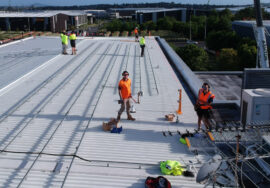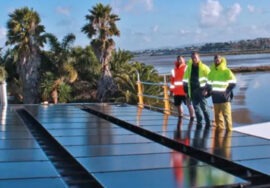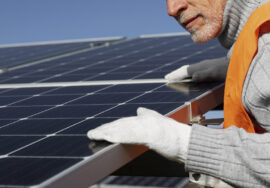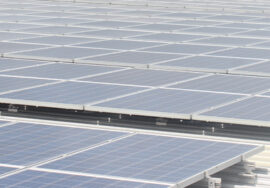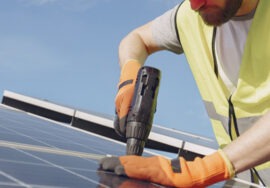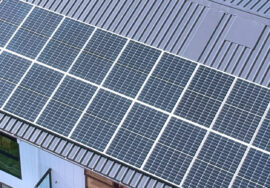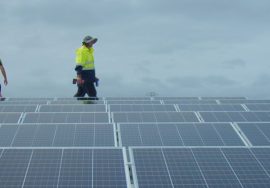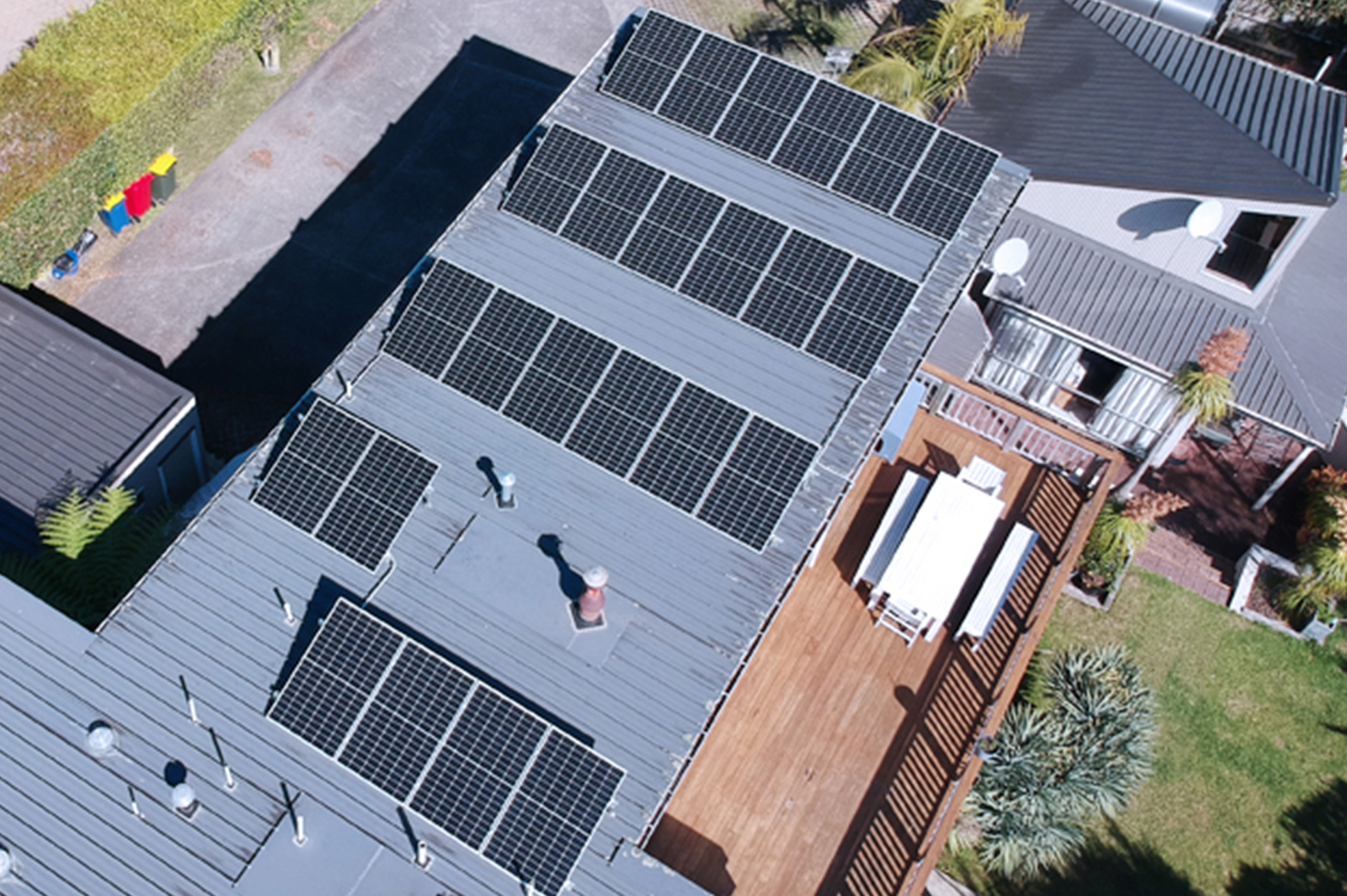
How Solar Battery Works For Residential Solar System
Solar energy storage works by adding a battery to the solar system installed on the home. There are two primary reasons homeowners want solar energy storage:
1. To have backup power when the grid goes down
2. To take advantage of Time-Of-Use rates to lower their electricity bill
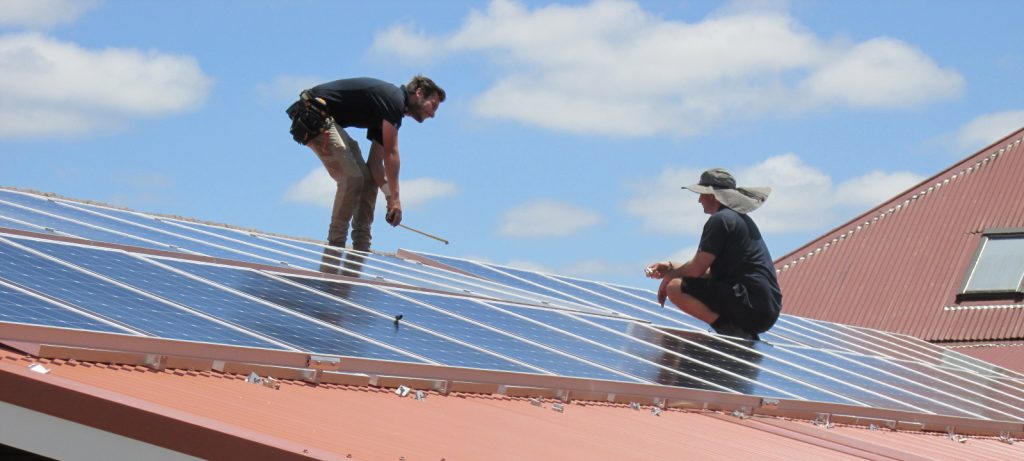
Using Solar Energy Storage for Emergency Backup
Many homeowners purchase energy storage simply as a backup in case the power from the grid goes out.
What they don’t realize is that if the grid goes out during the day their solar panels will no longer work. This is because their solar panels are tied to the grid and they will turn themselves off if they no longer detect power coming from the grid as a safety precaution.
A solar battery, however, can continue working in these cases, which is why it’s a good way to prepare for emergencies.
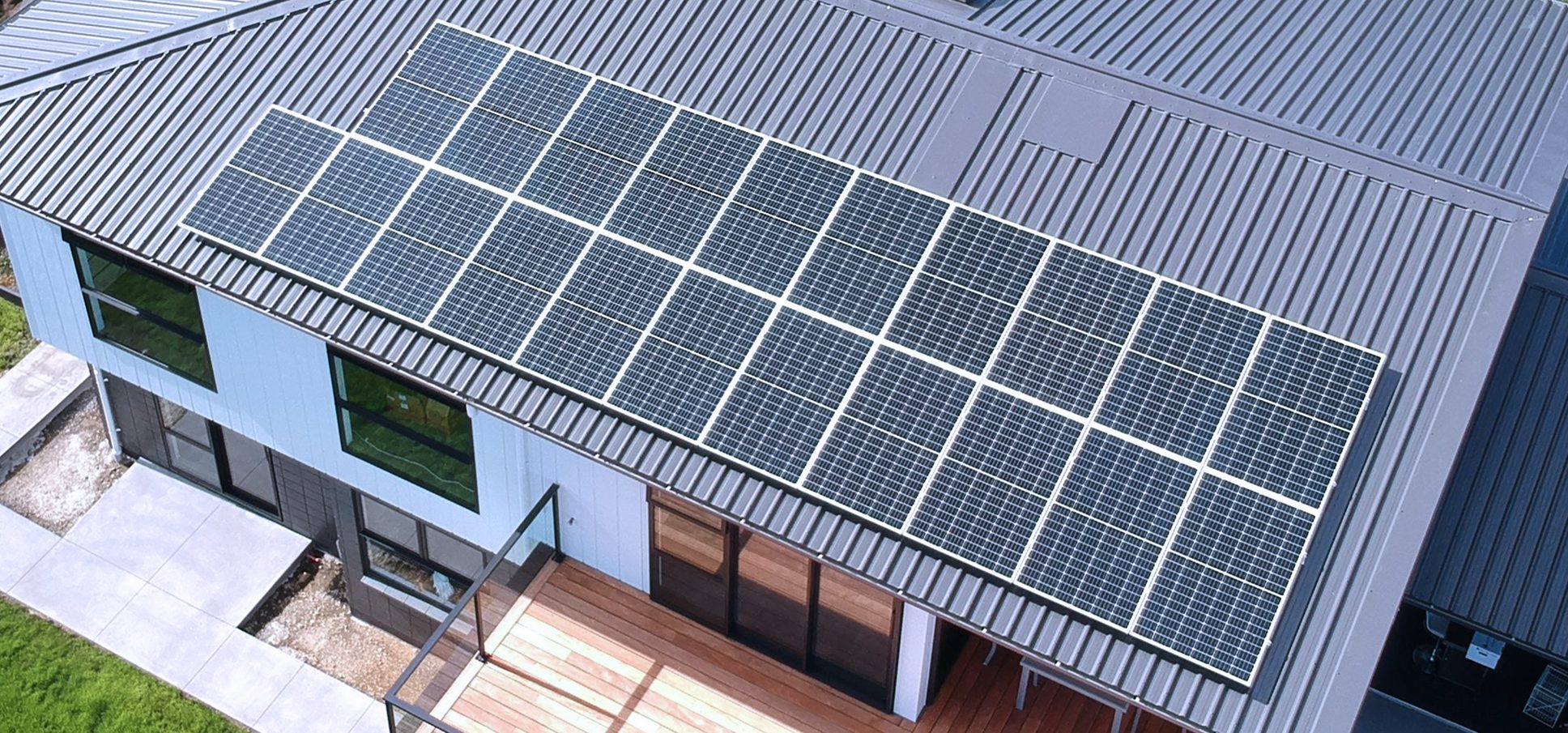
Using Solar batteries Storage for Electricity Bill Savings
The second most common reason homeowners get residential solar energy storage is to take advantage of time-of-use (TOU) rates.
A time-of-use rate is when a utility company charges higher rates at a certain time of the day and lower rates at other times. The utility companies do this when there is higher demand on the grid, in the evenings when everyone is at home using power for instance.
A battery can get around TOU rates by charging itself during the day, either from the cheaper grid energy or from the solar panels, and then discharge that power during the evening. This allows the homeowner to capture any extra energy their residential solar panels generate and use it later once the sun has gone down, thereby reducing their utility bill.
Required Components for Solar Energy Storage
Solar + storage systems require a number of additional components to make them work.
While there are many variations that you can use, the basic components for any solar + storage system are:
Solar Panels
Residential solar panels allow you to charge your battery with clean renewable energy. You can have an energy storage system without solar panels, but having solar panels is preferable.
The four most common types of solar panels are Monocrystalline, Polycrystalline, PERC, and Thin Film.
Batteries
The battery is the center of your energy storage system.
The two most common types of batteries are Lithium-Iron-Phosphate (LFP) and Lithium-Nickel-Magnesium-Cobalt (NMC). Go here to learn more about home battery storage.
Inverters
Solar inverters are a device that converts energy from AC to DC and vice versa. Inverters are needed to convert the DC energy from your solar panels and batteries into AC energy that is used in the home.
Some batteries and solar panels now include a built-in inverter into their components.

Critical Load Subpanel
A critical load subpanel is a device that determines what will get powered if the grid goes out. Most batteries can’t power an entire home for very long.
To extend the amount of time your battery lasts during an outage, you can choose to power only a few critical appliances in your home (such as the refrigerator and lights).
The critical load subpanel allows you to choose those critical loads and it’s very important that solar installers set this up correctly for your battery’s capacity.
Other Components
There are many smaller components needed to make a solar + storage system work such as AC & DC disconnects, fuses, circuit breakers, switchgear, cables, electrical conduit, mounting hardware, battery enclosures, and safety equipment.
Some modern solar storage systems even include software and mobile apps to give even more control to the homeowner.
Solar Battery Terms
There are a few key terms that are specific to solar battery storage. Knowing these terms is helpful when comparing types of solar batteries and understanding their advantages.
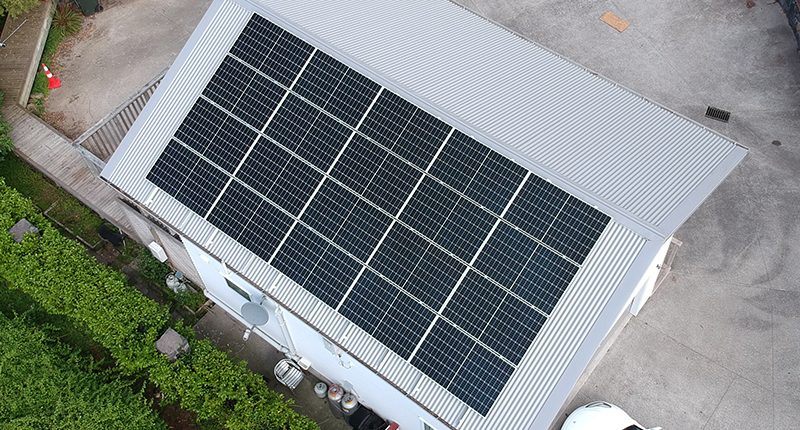
Cycles
A single “cycle” of a battery is a single discharge and recharge. Life cycles refer to the number of times a battery can be charged and discharged before it needs to be replaced. Although all batteries can be discharged to 100%, many battery types should only be discharged to 70-90% of their total capacity.
This is called the “depth of discharge.” Cycles are also important because some manufacturers use a number of cycles for warranty tracking.
Depth of Discharge
The depth of discharge refers to how much of a battery’s energy is discharged before it’s charged back up again.
Many types of batteries shouldn’t be discharged completely because they can lower the lifespan of the battery. Lithium batteries, for instance, should only be discharged 90% before they should be charged back up again.
Life-span
The estimated life span of a battery is how long the battery will last before it should be replaced. Lifespan can either be measured in a number of years or number of cycles.
A lithium battery, for example, has an estimated lifespan of 13-18 years or around 6,000-10,000 cycles.
Types of Solar Batteries
There are three main types of solar batteries: Lithium-ion, lead-acid, and flow.
The most commonly used type of solar battery is Lithium-ion, of which there are two main types.
Lithium-Ion Batteries For Solar
Lithium-ion batteries are the same type of batteries found in your cellphone, laptop, and other electronics.
They have become preferred in the solar industry because they can discharge deeper and have more lifecycles than traditional lead-acid batteries.
A typical lithium-ion battery will give you around 6,000-10,000 cycles at 90% discharge – so they will have a lifespan of roughly 13-18 years.
Lead-Acid Batteries for Solar
Lead-acid batteries are the same type of battery used in your car. They are an older technology that is mostly used for off-the-grid and DIY applications.
Lead-acid batteries are a very well tested technology, but they lack the energy density of their Lithium-ion competition. This means that you’ll need a lot more lead-acid batteries for the same amount of energy storage as a lithium-ion setup.
The other drawback to lead-acid batteries is that they have a lower discharge capacity and a number of lifecycles. Most lead-acid batteries have a recommended discharge of 60%, meaning you shouldn’t discharge them lower than 60% or you’ll reduce their lifespan. They also have a lower cycle life of about 1000-3000 cycles before they need to be replaced.
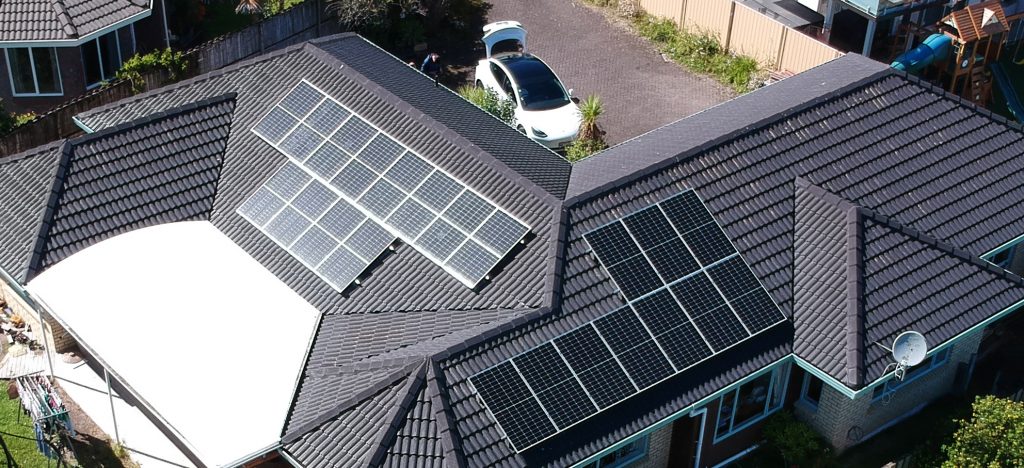
Energy Storage Placement
There are two broad types of solar energy systems: DC-coupled and AC-coupled. Solar panels and battery storage equipment typically use direct current (DC). The grid and the outlets in a home, however, use alternating current (AC).
To make a solar panel and battery system work with the grid, the system’s DC power must be converted to AC power. This is done using a device called an inverter.
Advantages of DC-Coupled Batteries
A battery can be installed into a system either on the DC or AC side. The benefits of installing a battery on the DC side is that the battery and solar panels can both use the same inverter, which saves money on equipment and labor costs.
DC-coupled systems also tend to be more energy-efficient and have better energy controls.
Advantages of AC-Coupled Batteries
There are some cases where you may want to install the battery on the AC side. If a solar panel system has already been installed on a home, you may want to use an AC-coupled battery so that you don’t have to rewire the existing solar system.
AC-coupled systems are also easier to add to in the future and provide more control since the battery uses its own inverter.
Source: Aurora Solar – Powerful Software for Solar Design and Sales
ABOUT TRILECT SOLAR
Trilect Solar is a division of Trilect Services, New Zealand’s master electrician since 1997.
We are members of the Sustainable Energy Association of New Zealand (SEANZ) which offers additional peace of mind to our customers.
Trilect Electrical Services is a large electrical service company which is a member of the Master Electricians & Mastercraft network with 40 employees and a 20+ years history of customer satisfaction.
We do not use sub-contractors. All of the installations will be carried out by our experienced team.
Trilect Solar offers a customised energy plan that works for your home/ business.
Get started now by booking a free on-site consultation.
Request Your On-site Consultation
Or call us on (09) 271 2493

